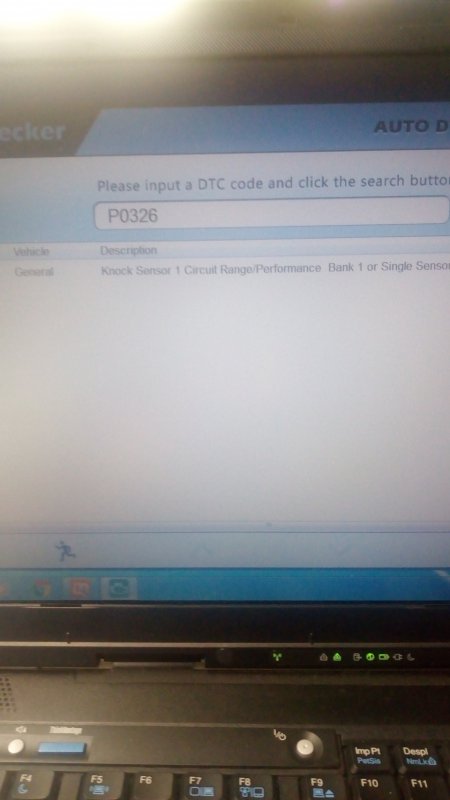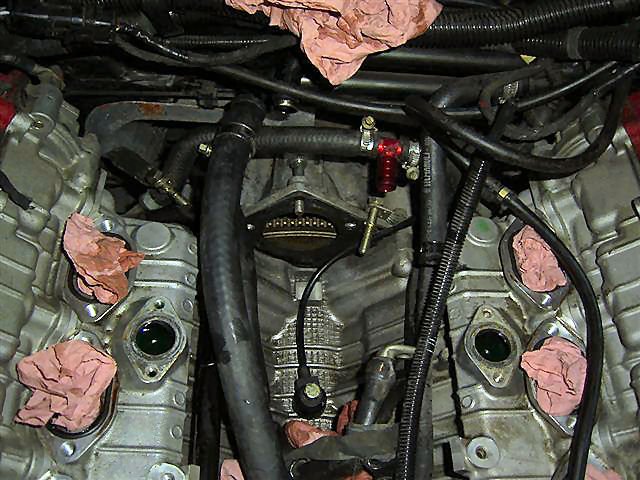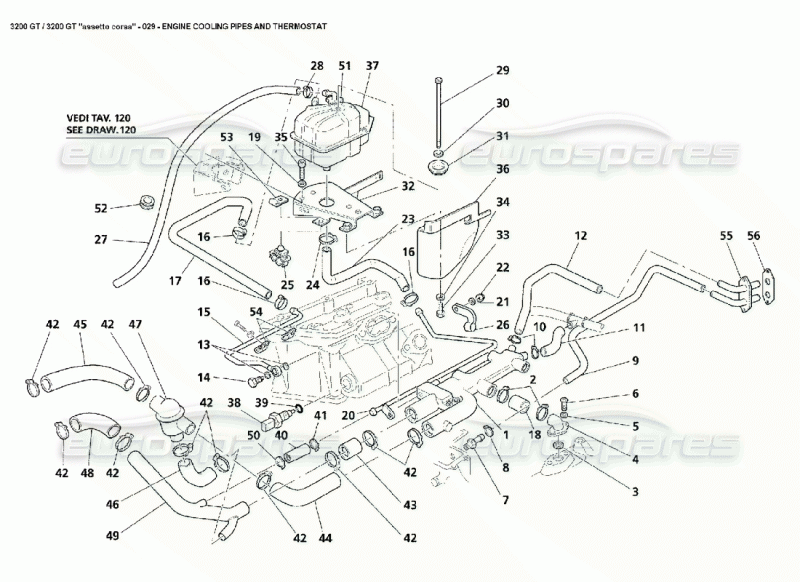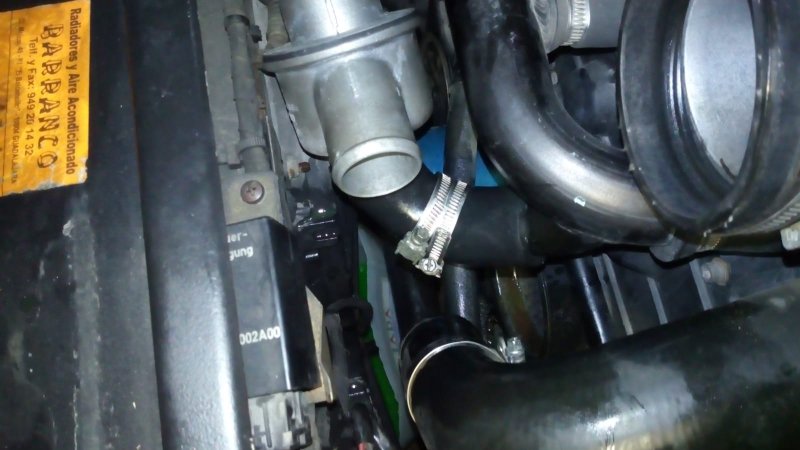babel 101
Junior Member
- Messages
- 253
I have coolant loss Maserati 3200
I had to add 2,5 liters of de coolant. The interior of the car is very dry (driver / passenger)
The cause may be from the water pump but I have not seen refigerent signals on the ground
Another cause could be lost water admission area, this cause has been named in this forum
in another maserati forum I found this (http://www.maserati-alfieri.co.uk/alfieri06llllll.htm)
<<.."Dear Friend,
I think that some 3200 Gt/A owners will be pleased to understand why sometimes the starter of their cars fails at such low mileage.
In this case, I have this M.Y. 2000 3200 GTA, with just 41,000 kms on the clock, that developed some starting problems...
Of course that there are many reasons for a starter to fail. Wrong voltage, low battery... keeping the movement of the ignition key for more time that it is needed...
But in this case and, I'm sure that it isn't the only one, the reason was a small cooling liquid leak, just above the starter.
Of course, some work is required to reach the starter, but it is not that difficult with the right tools and patience. Usually the rear 'knock sensor' fails also, if the leak remains for long period, if this happens the 'CEL' is on and limp mode will be activated...
So, if you notice that your cooling liquid is not at the correct level, probably this could be one of the causes.
Hope this helps,
Miguel." ...>>
Maybe my diagnosis has relapse with the loss of water
I'm waiting for your help
thanks
I had to add 2,5 liters of de coolant. The interior of the car is very dry (driver / passenger)
The cause may be from the water pump but I have not seen refigerent signals on the ground
Another cause could be lost water admission area, this cause has been named in this forum
in another maserati forum I found this (http://www.maserati-alfieri.co.uk/alfieri06llllll.htm)
<<.."Dear Friend,
I think that some 3200 Gt/A owners will be pleased to understand why sometimes the starter of their cars fails at such low mileage.
In this case, I have this M.Y. 2000 3200 GTA, with just 41,000 kms on the clock, that developed some starting problems...
Of course that there are many reasons for a starter to fail. Wrong voltage, low battery... keeping the movement of the ignition key for more time that it is needed...
But in this case and, I'm sure that it isn't the only one, the reason was a small cooling liquid leak, just above the starter.
Of course, some work is required to reach the starter, but it is not that difficult with the right tools and patience. Usually the rear 'knock sensor' fails also, if the leak remains for long period, if this happens the 'CEL' is on and limp mode will be activated...
So, if you notice that your cooling liquid is not at the correct level, probably this could be one of the causes.
Hope this helps,
Miguel." ...>>
Maybe my diagnosis has relapse with the loss of water
I'm waiting for your help
thanks







